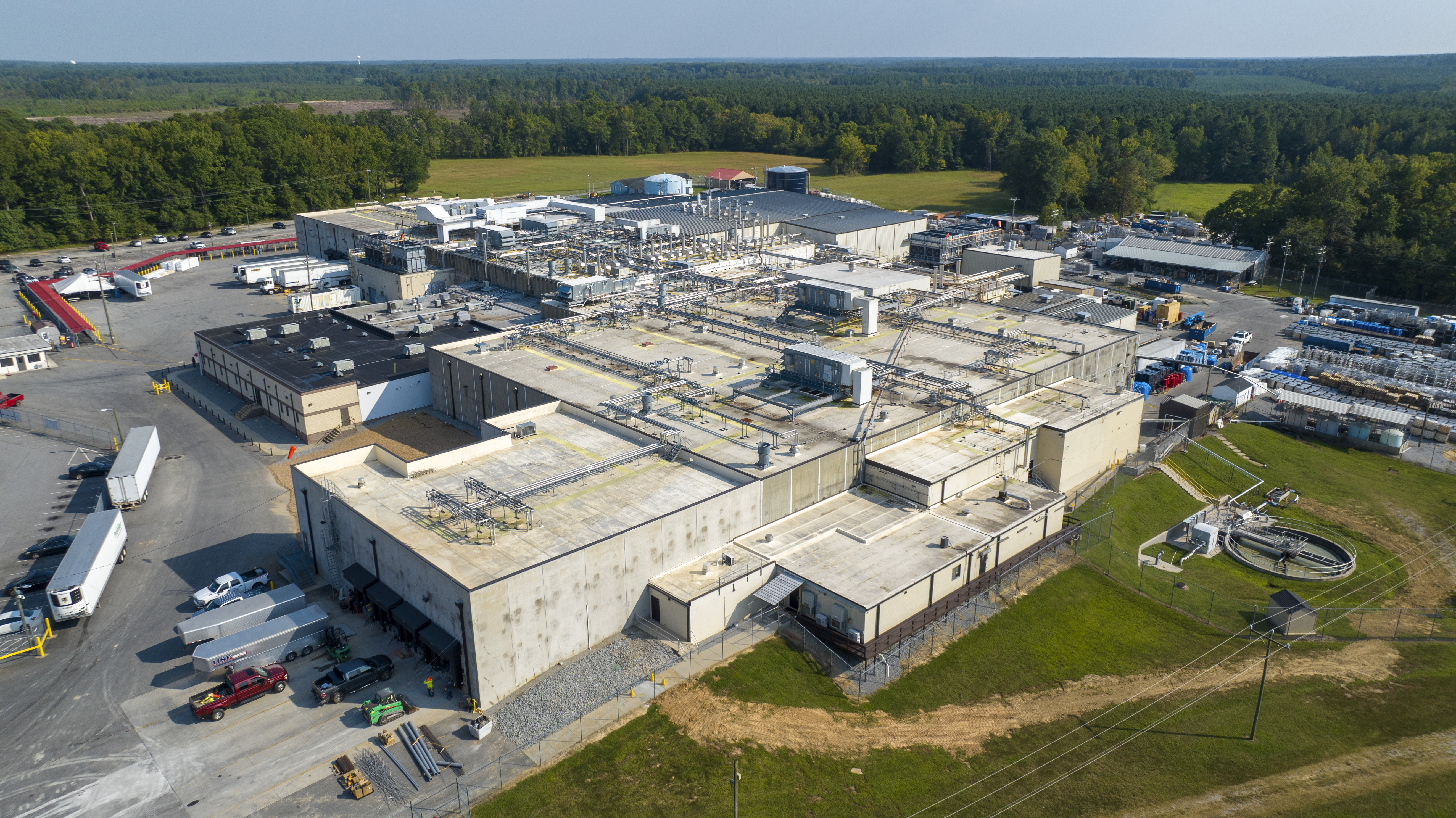CAPE HATTERAS, N.C. (WAVY) — The night before Hurricane Isabel hit 20 years ago, Jane Metacarpa’s Sandbar & Grille in Hatteras Village was hopping.
Metacarpa, a businesswoman and Hatteras Island resident, was feeling good about the restaurant and about life in the village.
“We had such a good vibe…that summer we had that whole sushi bar going,” Metacarpa said. “We had a second bar, we would do dinner on one side and then move it over into our night life. We built a stage. It was my dream of what we wanted to develop that place into.”
The next day, September 18, 2003, it was gone.
10 On Your Side got to know Metacarpa in the clean up days after the storm hit.
“We hope to rebuild. That is all we can hope for, all of us,” Metacarpa said.
Twenty years later, we went back to check on our old friend, whom we’ve kept in touch with over the years. She said that after 20 years, the pain never goes away.
“It is always going to be there,” she said. “It is like grief.” It is like losing a family member.”
It would take Metacarpa six months to open a new Sandbar & Grille eight miles north in Buxton, but it’s different now.
“The atmosphere of being in Hatteras Village and all the people we saw here, we miss them, they miss us,” she said. “It has never really been quite the same since.”
Even after 20 years, it’s not the same, and the old lot where the original Sandbar & Grille stood is now, and has remained, an empty lot of what might have been.
“I do think I am under a dark cloud, yes,” Metacarpa said. “They used to call me Hurricane Jane,” she said bowing her head with a chuckle.
Just after opening the new place in Buxton, Hurricane Alex in August 2004, came along and ripped off the roof.
“The ceiling tiles were down; the whole ceiling was on the floor,” Metacarpa said. “I sat down and cried. I could not believe I was going through this again.”
If you had anything to do with Hatteras Village, you were impacted by Isabel.

After Isabel hit, and we returned to the island, 10 On Your Side hopped in a pickup truck with Richie Burke.
“What do I think when I look out here? Devastation,” Burke said. “It is unbelievable out here.”
Michael Rivers, one of Metacarpa’s employees at the time, said he didn’t think anyone knew what to do anymore.
“I mean, we all got to come together, to get through it,” Rivers said. “It just has not set in. We do not know what we are going to do.”
While Isabel was breaking, 10 On Your Side was in the flooded streets of Buxton. We summed it up this way:
“This is the worst wind we’ve seen, the worst rain we’ve seen, the worst flooding we’ve seen.”
The biggest story of all out of Isabel was the destruction of Highway 12 due to a mammoth storm surge and a rogue wave that broke apart the road.
Isabel’s ocean water storm surge carved out land until she met and merged with the Pamlico Sound.

In a half-mile of road, there were three breaches of Highway 12 that could cut off Hatteras Village from the rest of the island.

10 On Your Side was one of the first reporting crews to get on the lower part of Hatteras Island after the breach. We were not supposed to be on the Island, which we did not know at the time. We commandeered a boat on the north end of the breach and traveled the half mile to a beach on Hatteras Island. Then we hopped on and started interviewing lots of people, including Metacarpa, with whom we would forge a lasting friendship.
The power of Isabel’s force of water was on display at The Albatross Fleet. Its owner, Capt. Ernie Foster, recalled what happened.
“We had a tsunami like tidal wave, about two, three miles wide, that hit us just here in Hatteras Village,” Foster said, “and not really anywhere else on Hatteras Island.”
Foster has a picture of what had been Village Marina Motel, which collapsed due to massive storm surge and erosion. He also has a picture of his standing on ground where eight feet of water should be around his docks.
As that tsunami-like tidal wave came barreling into the Village it not only undermined the motel, it poured into the creek, collapsing all of Foster’s docks.
But it was Metacarpa, we got to know best.
“We are taking a boat back and forth over here every day,” she said in 2003, “hoping we can salvage some of our life.”
We showed her that interview 20 years later and she pondered the time, remembering life before Isabel.
“Oh, those 12 weeks,” Metacarpa said. “We had the best 12 weeks of our lives that summer — until Isabel.”
Ironically, in the midst of isolation and despair, Hatteras Village became an even stronger Island community.
Foster summed it up this way.
“The village came together in what was the best time of my life,” Foster said. “Everyone working to help everyone else. That was a genuine, remarkable two months of my life.”
20 years later, lessons learned
10 On Your Side video from 20 years ago shows the initial stages of storm surge that would cut Highway 12 outside Hatteras Village into three places. Isabel set the benchmark for memorable storms in Hampton Roads — for many reasons.
“We believe that will help people understand how deep it will get,” said Drew Pearson, Dare County Emergency Management director.
So, Pearson helped lead the charge to put up 26, 12-foot storm surge poles educating people about what storm surge does at different levels.

“People sometimes don’t realize when thy say 1 to 3 feet of surge what that means,” Pearson said, “so this pole allows them to see that.”
Dare County has also installed 20 storm surge gauges.

“Those gauges measure the rising waters and dropping waters,” Pearson said. “We have them at places on the sound and on the oceanfront. Those gauges will see the waters coming up, and going down, and when they go to the web page they can sign up for alerts and they can be alerted by text that water levels are changing.”
You then can sign up for storm surge alerts through the Flood Inundation Mapping and Alert Network, or FIMAN.

“What happened our here we had an 18-foot wave surge that came through this entire area,” said Beth Midgett, who operates the family-owned business Midgett Reality.
Midgett said what Isabel showed was the failure of some insurance adjusters to properly calculate property damage.
“We could prove widespread adjuster practices were incorrect from Hatteras Village to Poquoson in Virginia,” Midgett said.
Midgett said a few adjusters from the Midwest had never before seen the ocean.

“They were coming into the area,” she said, “and they did not know coastal construction when you have a major catastrophe adjuster.”
The issue was so critical, congressional hearings were held in 2004 and FEMA (Federal Emergency Management Agency) agreed to review 25,000 flood insurance claims.
The review led to more people getting more money for flood losses.
“It is storm surge that causes the money damage,” said Dare County Commissioner Danny Couch during an interview in Hatteras Village. “It is the storm surge that causes the drowning. It’s all about the flooding, and that is what we’ve learned going forward, chiefly from our experience with Isabel.”
And after Isabel, Couch points to new ordinances like requiring breakaway construction in the small sections on the ground floor in rooms that usually hold a washer and dryer, which became a foundation for the rest of the structure.
“When the ocean surge comes blowing through prior to breakaway construction, it would bring down the entire house,” Couch said. “Now, if we have a massive wave come through, this will break away, be like toothpicks in a fan, and it will end up across the street and the house is not compromised.”
The house itself becomes like a bridge and the breakaway room “breaks away,” leaving the rest of the house behind.
Hurricane Isabel also taught us about enhancing communication and alert systems, and the real threat of ocean side flooding, not just sound side flooding which we always talk about, the real need to invest in building up and stabilizing sand dunes.


























































